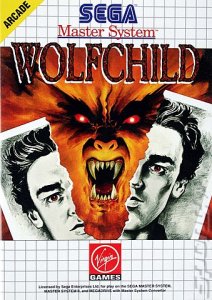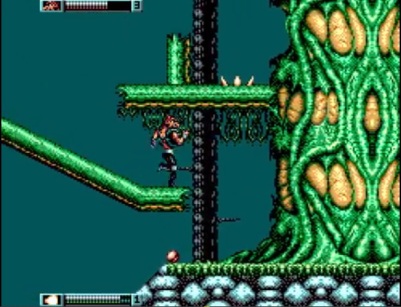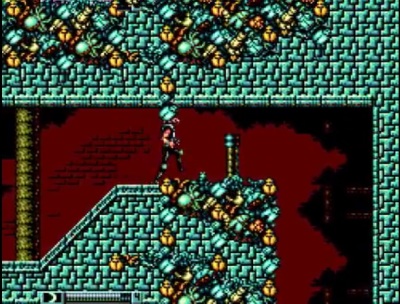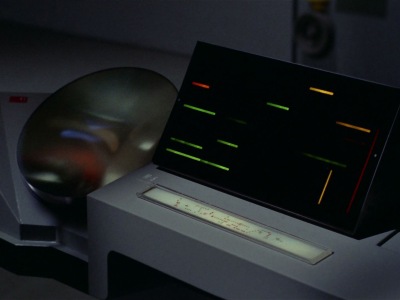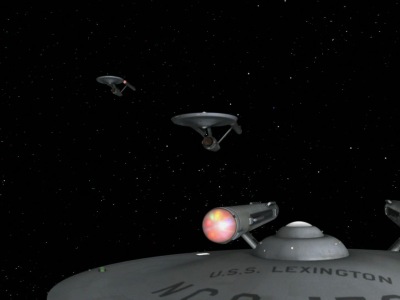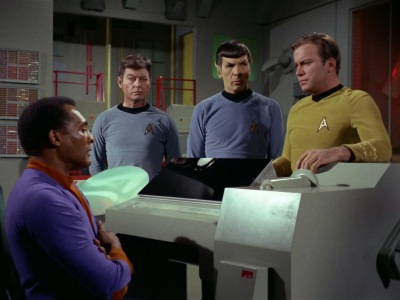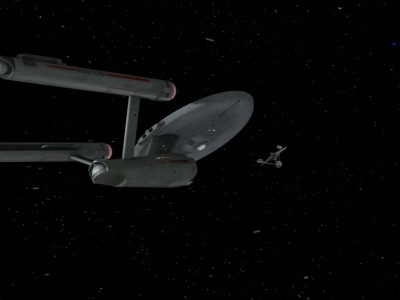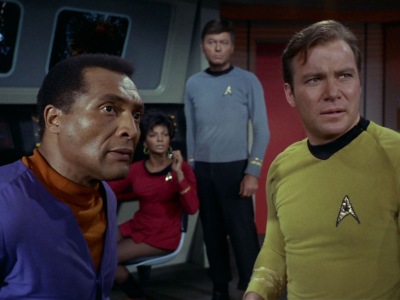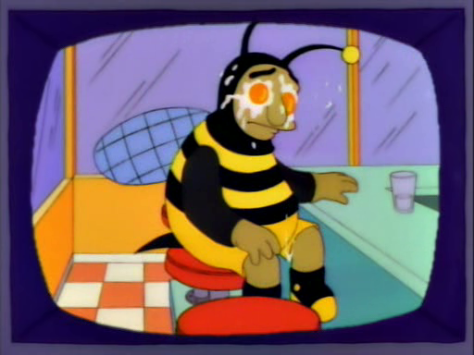There’s always a problem with adapting a game designed for the latest consoles to an earlier console and that is you are left with a shell of the original game. This does not necessarily translate in to a bad game however. I know a lot of Sonic fans out there don’t like the Master System version of that game largely because it was developed by a subcontractor and not the original design team but I quite liked it. Sure it wasn’t as fast as the Mega Drive version or as glitzy but it was certainly playable and was an apt substitute if you hadn’t saved up enough pocket money to buy a Mega Drive yet but had a Master System. The Master System adaption of Wolfchild however goes entirely the other way.
First some history. Wolfchild was developed by Core Design for the Amiga and the Atari ST. It was then ported on to other consoles including the SNES, Mega Drive and Sega Mega CD. The plot revolves around biotechnology researcher Kal Morrow and his son Saul. When his father is kidnapped by the evil Chimera organization, Saul uses one of his father’s inventions to turn himself into a wolf-human hybrid (so a werewolf then) to defeat the Chimera and rescue his father. Given how much of a debate there is amongst zombie fans over whether medically created zombies are “real” zombies I am sure that a few werewolf fans would be equally divided by Wolfchild’s approach. The game was launched in 1992 and by that time the Master System was well in to its death robes in the US and Europe so its surprising therefore that the game was developed for the ageing system. Development time meant that the more modern versions had been out a full year before the Master System’s European release of the game which arrived in 1993. So was this just a quick buck for Core Design and publisher, Virgin?
First let’s talk about the good. My first impression looking at the case was that thank God the old clip art cases had gone the way of the dinosaurs by the 1990s. Check out the Sega Does boys’ pages who are currently working through the earlier Master System games and you will see just how uninspired some of them were. It has always been my biggest criticism of what is otherwise my favourite games console ever. This was a good looking cover that showed that the Master System’s appearance on the shelves at least had matured. At this point an Obi-Wan style voice over is reminding me not to judge a book by it’s cover. Starting the game up and it is still looking good although the developers really wanted to build you up with their one- or two-word title screens leading to the main menu.
Then from the moment you start the game things go downhill. The first thing that I noticed was that there was no music. What kind if game like this has no music? I was expecting to be thrown in to a world of horror and action but instead I have just little blip sounds as he walks and the usual paper crushing sound when a weapon is fired. I know the Master System wasn’t exactly known for its audio capabilities but there were far better sounding games out there well before 1993. I was so stunned by the lack of music that I thought the cartridge was broken (it is 19 years old after all) and so I took out my phone, went on YouTube and looked for videos and sure enough there is no music on the Master System version. This was a big let down and made the game feel flat.
Playability-wise, things are a bit up and down. It’s a classic platforming game and in this respect it does have quite an extensive level design with which to traverse as well as a plethora of secret caverns to discover. I will admit that a few times I did get immersed in it but it never lasted and that was thanks largely to the terrible controls. I know he is supposed to be a werewolf/Wolfchild, an untamed creature of the night, but I swear sometimes the game decides to just keep him running even when you have taken your thumb off the D-pad. Naturally this can lead you to all kinds of problems and takes a bit of getting used to. You have to keep collecting power ups which allow him to transform in to the werewolf/Wolfchild and I can’t help but feel a bit of an Altered Beast vibe at times. There are a variety of bad guys that stand in your way but most of the time they don’t move. They just stand there firing the odd round in your direction like some kind of robotic sentry. Your biggest threat comes from things like exploding plants but even these are relatively ease to doge.
On the whole not a very good game but I can see the lost potential from the downgrading. I have checked out some more videos on YouTube of the versions for the newer consoles such as the Mega CD and it does look far better. Maybe this was too much for the Master System to adequately replicate or the publishers just wanted to make that quick buck in the final days of the Master System. Either way this felt like a step back to some of the 1980s era games of the Master System albeit with a slightly better look.

